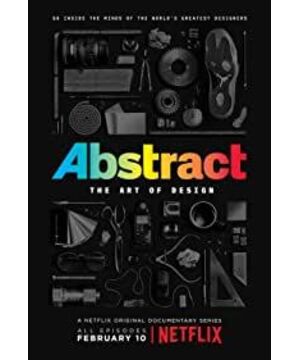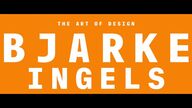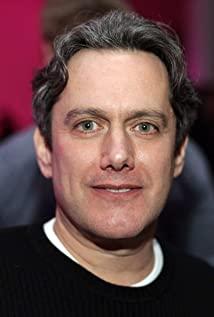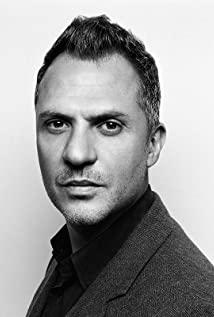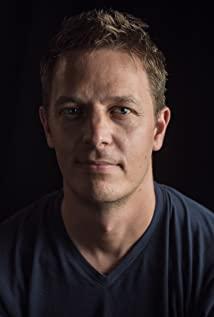When I was about 13 years old, I accidentally saw a documentary about Gaudi on CCTV. I was caught by the strange and bright lines in his building, and I fell into it like a vortex. So I made up my mind to become an architect, and because I failed the college entrance examination, I studied industrial design. Later, I responded to the call of the Internet age and became a user experience designer. Looking back at this journey, aside from the factors of ego, destiny, and times, the most accidental and incredible turning point in life was the moment when Gaudí was deeply shocked in front of the TV. The Sagrada Familia on the screen shone dazzlingly under the Barcelona sky.
And at the end of the two weeks of brushing Abstract, there is almost an illusion of returning to the moment when I was 13 years old. 8 designers from different fields, countless dazzling and powerful designs, also shining so dazzlingly, I almost forgot, in fact, those shiny, abstract, artistic and beautiful parts are not the whole of design .
From a documentary point of view, its entry point is actually problematic. Design is a process from abstract imagination to concreteness in order to achieve a certain purpose. The film, titled "Abstract: The Art of Design", focuses on "abstract" and weakens the "representational process". The "abstract" part is difficult to present and record: how do you use the lens to capture the moment in the designer's mind? And true professional designers don't rely solely on instant inspiration, as Christoph Neimann, illustrator in the first episode, said.
Chuck Close said, 'Inspiration is for amateurs. Us professionals, we just go to work in the morning.' One thing I love about that quote is that it relieves you of a lot of pressure. It's just about showing up and getting started. All that matters is you have to sit at your desk and draw, and hope for the best
In other words, no professional designer would get up to work every day and sit in front of a computer waiting for inspiration. All designers who have received systematic design education or are self-taught, no matter what field they are in, have their own way of thinking, working methods and processes. The most abstract aesthetics and inspiration are just a part of it. After work, the thing I hate to hear non-designer friends say to me is: You are blablabla of art. This should be one of the most common misunderstandings of designers by the public. Artists express their opinions, beliefs, and appeals through their works. Designers, on the other hand, exist to satisfy other people's demands and solve other people's problems. If you're an illustrator for The New Yorker, you design to make people think; if you design Nike shoes, you design for the people who wear them; if you're a stage designer, you design for singers and audiences Design... yes, every designer on the show can be a great artist. However, behind them is a whole team, and countless studies, experiments, exchanges, communication, feedback, and repetition are enough to achieve the final design. The fleeting flash of inspiration, the imagination of the sky and the sky, and the unique aesthetic vision, these elements that sound almost synonymous with "designer" are just the elusive shining surface of the design.
But it is precisely because of these glittering beauty that countless 13-year-old children in the parallel space are attracted by these lights and enter the whirlpool of design, changing the trajectory of their lives. In this sense, the film is completely successful and very exciting. Especially when you find out that she contracted the stage design of all the concerts you saw last year, she designed the storefront of your favorite brand, he designed the sneakers you love...you will find them very close to you, you will Discovering that good design is actually close to you, shining brightly in your life.
Yes, this is an "over-engineered" documentary, which is suspected of misleading the public by generalization, but it is also a shining love letter to designers. You will fall in love with the bright side of design, but also remember and know how to enjoy its complex, rational, calm and practical side. You will find that this is the "art" of real design.
View more about Abstract: The Art of Design reviews


